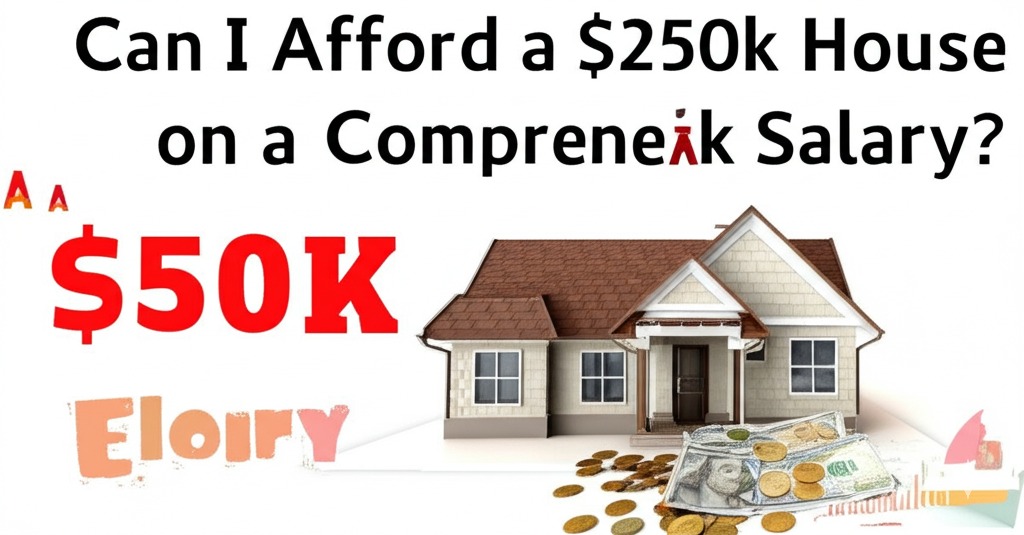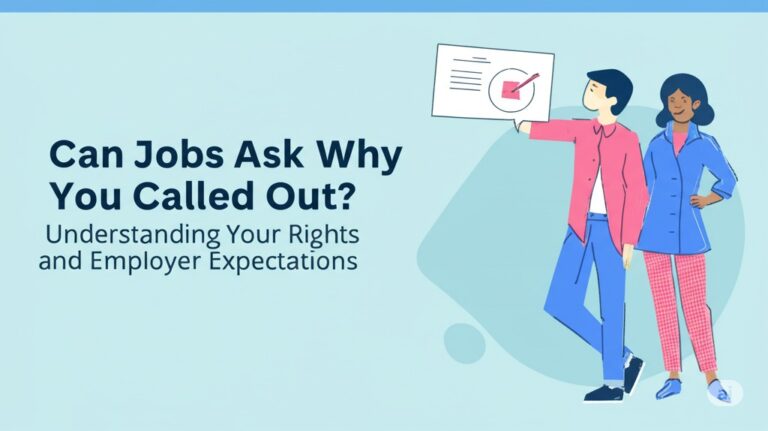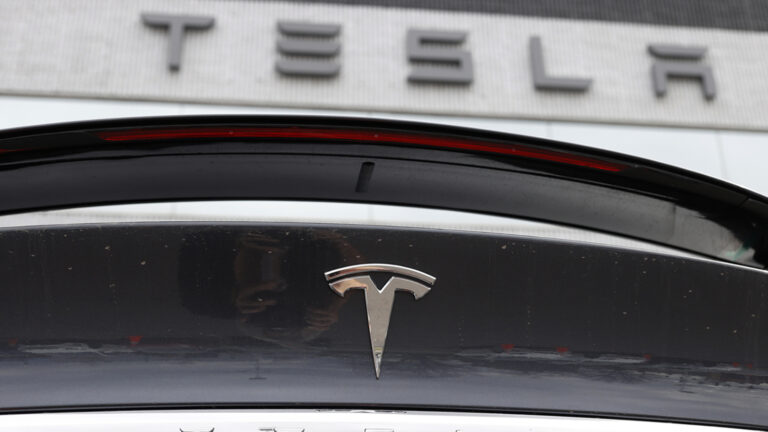
Buying a home is one of the most significant financial decisions you’ll ever make. It’s exciting but can also be overwhelming, especially when trying to figure out if you can afford a house that costs $250,000 on a $50,000 annual salary. Many factors play into this decision, from monthly payments to down payments, interest rates, and your personal financial situation.
In this article, we’ll break down everything you need to consider before taking the leap into homeownership, including budget calculations, loan options, and financial tips to help you make the best decision.
Understanding Affordability: What Does it Mean to Afford a $250k House?
Before diving into numbers, it’s essential to understand what it means to “afford” a home. For most people, it goes beyond just the purchase price. Affordability is determined by the total monthly cost of owning a home, which includes:
- Mortgage payments
- Property taxes
- Home insurance
- Maintenance costs
With a $50,000 salary, you need to figure out how much of your income can be comfortably allocated toward these ongoing costs.
Key Factors That Determine Home Affordability
1. The 28/36 Rule: How Much Can You Borrow?
The 28/36 rule is a standard guideline used by lenders to determine how much you can afford to borrow. According to this rule:
- 28% of your gross monthly income should go toward your housing expenses (mortgage, taxes, insurance, etc.).
- 36% of your gross monthly income should be the maximum amount for all of your debt payments, including housing and other obligations like student loans, car payments, etc.
With a $50,000 salary, your monthly gross income is approximately $4,167. Using the 28% rule, you can afford to spend up to $1,167 on housing costs each month.
2. Down Payment Requirements
The down payment is another critical factor in determining whether you can afford a home. Typically, a down payment ranges from 3% to 20% of the home price. For a $250,000 house:
- 3% down payment: $7,500
- 20% down payment: $50,000
If you can only afford a smaller down payment, you may need to consider alternatives like Private Mortgage Insurance (PMI), which will increase your monthly costs.
3. Interest Rates and Loan Terms
Interest rates have a significant impact on your monthly mortgage payment. Lower rates mean lower payments, while higher rates increase your costs. For example, a 30-year fixed mortgage at 3.5% will result in a significantly lower monthly payment than one at 6%.
It’s essential to shop around for the best mortgage rates and consider whether an adjustable-rate mortgage (ARM) might be right for you. However, ARMs come with the risk of higher payments in the future, so proceed with caution.
Breaking Down the Numbers: Can You Afford the $250k Home?
Let’s calculate a realistic mortgage payment for a $250,000 home. Assuming you make a 20% down payment ($50,000) and take out a 30-year mortgage at an interest rate of 3.5%:
- Loan amount: $250,000 – $50,000 = $200,000
- Mortgage payment (principal and interest): $898 per month
- Property taxes: Approx. $250–$500 per month (depends on location)
- Homeowners insurance: Approx. $100–$200 per month
So, your total monthly payment could range from $1,248 to $1,598.
Now, based on the 28/36 rule, a monthly payment between $1,248 and $1,598 may be affordable on a $50,000 salary, especially if you keep other debts low.
Additional Costs to Consider
1. Home Maintenance and Repairs
Homeownership comes with ongoing maintenance costs. On average, homeowners should budget around 1% of the home’s value per year for maintenance. For a $250,000 home, that’s about $2,500 annually, or $208 per month.
2. Utilities
Utilities such as electricity, water, gas, and trash can add another $200–$400 per month, depending on the size of the house and your location.
3. HOA Fees (If Applicable)
Some properties come with Homeowners Association (HOA) fees, which could range from $50 to $500 per month, depending on the neighborhood.
Alternatives to Consider If You Can’t Afford a $250k House
If the numbers above seem a bit tight, there are several alternatives to consider:
1. Look for a Cheaper Home
You might consider purchasing a home that’s priced lower than $250,000, especially if you’re comfortable with a smaller living space or different location.
2. Explore Government Loan Programs
If you have a lower credit score or limited savings for a down payment, government-backed loans such as FHA loans or VA loans may offer more affordable options.
3. Increase Your Income or Save More
Increasing your income through a side job, or saving for a larger down payment, could help lower your mortgage payment and increase your chances of affordability.
Conclusion: Is a $250k House on a $50k Salary Feasible?
While it’s possible to afford a $250,000 home on a $50,000 salary, you’ll need to consider several factors, including your debt-to-income ratio, down payment, interest rate, and other ongoing costs. The key to making this work is ensuring that your monthly payments stay within a manageable range without stretching your finances too thin.
If you’re unsure, it might be worth consulting with a financial advisor or mortgage lender to get a more personalized assessment of your situation.

Andre Cuevas provides career insights, job search strategies, and professional advice to help individuals navigate the job market and achieve their career goals.





